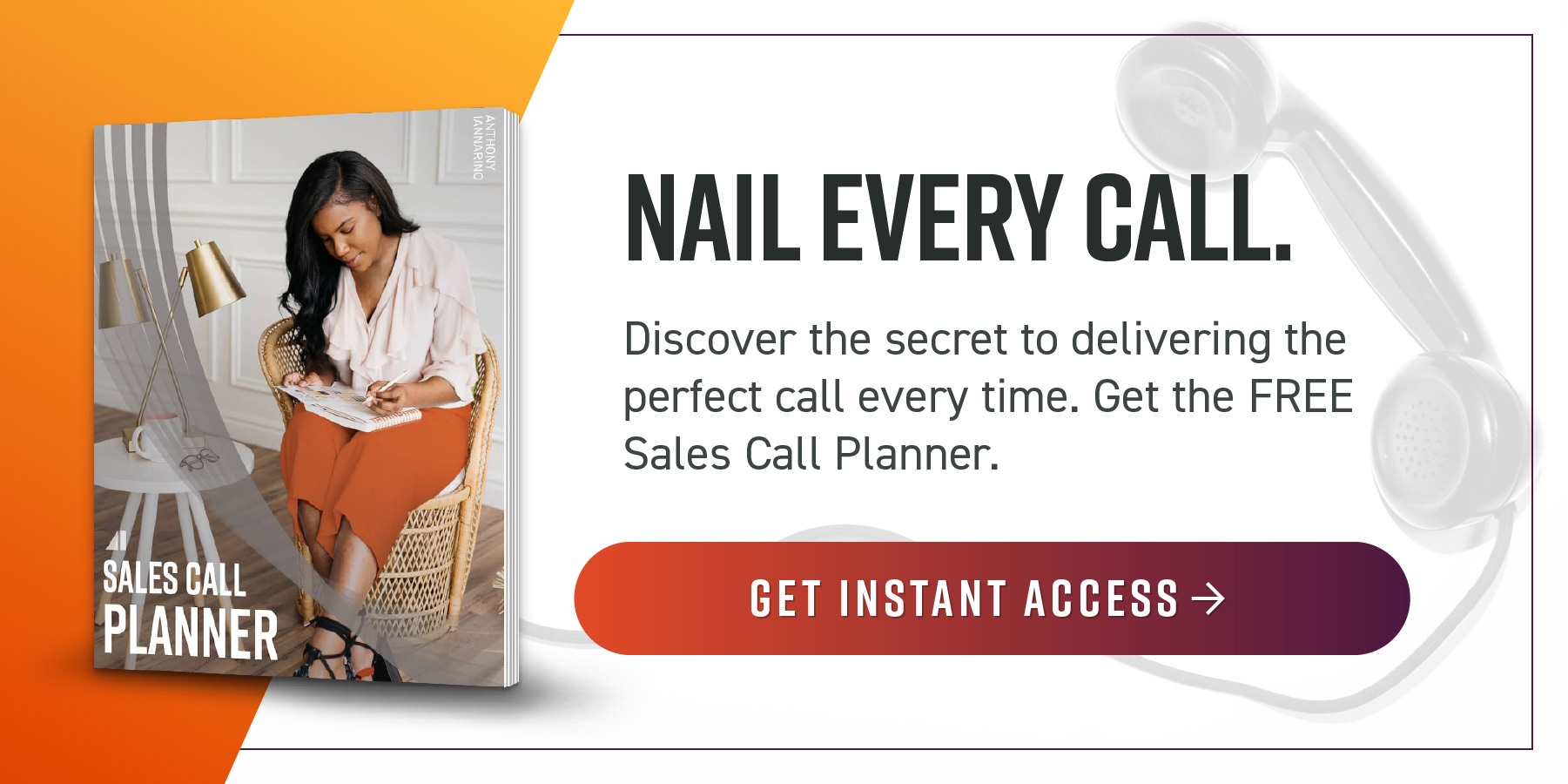To improve your sales results, you may have heard, stop trying to sell your drill—instead, sell the hole your drill creates.
In response to our clients’ needs, sales has evolved from selling a product or service to selling a solution, and more recently to selling an outcome. Apparently, that message has not reached most sales organizations who indiscriminately pitch you, me, and everyone with a working inbox. The spray and pray strategy reduces sales to a number game and has now been weaponized by technologies that bully, badger, and use brute force to acquire a response or a meeting.
Why You Sell Drills
Theodore Levitt, a marketing professor at Harvard Business School, taught his students that people don't buy drills, they buy quarter-inch holes. Salespeople who miss Levitt’s point will spend a lot of time talking about their drill. They'll explain that it comes with multiple drill bits, can reverse direction, has both a power cord and a battery backup, and that it all comes with a lifetime guarantee. What these laggards will not do is tell you about the hole, the actual result you need.
Apparently, LinkedIn mainly exists to provide lead generation companies a way to pitch their services to, well, everyone. These professional spam artists will try to sound smart: "We provide best-in-class sales & marketing automation tools for your business leads." Do they really think businesspeople wander around their offices keening for someone to offer yet another automation algorithm?
Once, selling a product or service meant telling your client everything about what you sell. Sales organizations spent time and money teaching and training their salespeople to be product experts, able to answer any question a prospective client might have had. The product provided the value, so every client had to know about its amazing features and benefits.
Once buyers and decision-makers stopped being interested in simply buying products and services, our sales approaches evolved to find a problem and propose our "solutions," a word that sounds just sophisticated enough to mask the fact that most solutions are still products or services. This legacy approach is still the dominant approach for most sales organizations, and it's the cause of many of their problems growing revenue.
But here’s the secret: you don't want to sell a drill or the hole.
Why You Need to Sell the More than the Hole
Eat Their Lunch is a book about stealing customers away from your competitors. In the first chapter, there is a framework titled "Level Four Value Creation™." The main idea is that starting with a conversation about your product (Level 1) positions you and what you sell as a commodity. Selling the experience (Level 2) is better than Level 1 alone, but it does little to differentiate you or what you sell. Selling a tangible result bumps you up to Level 3.
The 4th Level of Value is strategic. It's greater than the drill, the experience, or the hole. It speaks directly to why your client wants the hole. The drill is Level 1, the warranty and service is Level 2, the hole is level 3, and level 4 is what the client is trying to buy. One drill company, for instance, made their drills yellow to entice consumers who want to look like professionals, since tools on actual construction sites are often yellow. These customers bought the drill for a reason other than its ability to create a hole.
The tangible result that solves the client's "problem" and alleviates their "pain" is Level 3, but it is nowhere close to Level 4. The simple way to remove your client's ability to commoditize what you sell is to change the way you sell. When you are in a crowded market of "me too" competitors, the experience you provide the client is the differentiator. Mostly, your competitors will still believe they are selling their product or service, providing you with an opportunity to outflank them by starting the conversation at Level 4.
Here’s a more familiar example. No one buys sales training just because it’s sales training (Level 1). When they do, they hope the experience is good (Level 2). They pray that training provides the sales force with new and better skills (Level 3). But the real reason they buy training is to secure revenue growth, greater profitability, greater market share, or something else they believe is strategically important (Level 4).
The Implications of Level 4
When you sell your "solution," you are still selling your drill, even if you justify it by tying it to a problem.
For at least four decades, sales organizations have pursued their clients at Level 3, their ability to solve a problem. But now, most sales organizations must compete against other sales organizations to win any new business. When everyone sells the same way, with the same discovery approach, using the same strategies, and selling a "solution" that is indistinguishable from the next, it pays to move up to a greater level of value.
The greatest implication of Level 4 is that you are selling the outcome instead of your product, allowing you to be more consultative by offering your clients your counsel, your advice, and your recommendations. As a trusted advisor, you may teach your clients what they must do to achieve the strategic outcomes they are pursuing, including the things they need to change in their own company to succeed.
Here’s your homework: pick a few of the emails or InMails that pitch you a drill and determine what strategic outcome they should replace it with. Then take an honest look at your own pitches—are you doing any better?












.jpg?width=768&height=994&name=salescall-planner-ebook-v3-1-cover%20(1).jpg)


